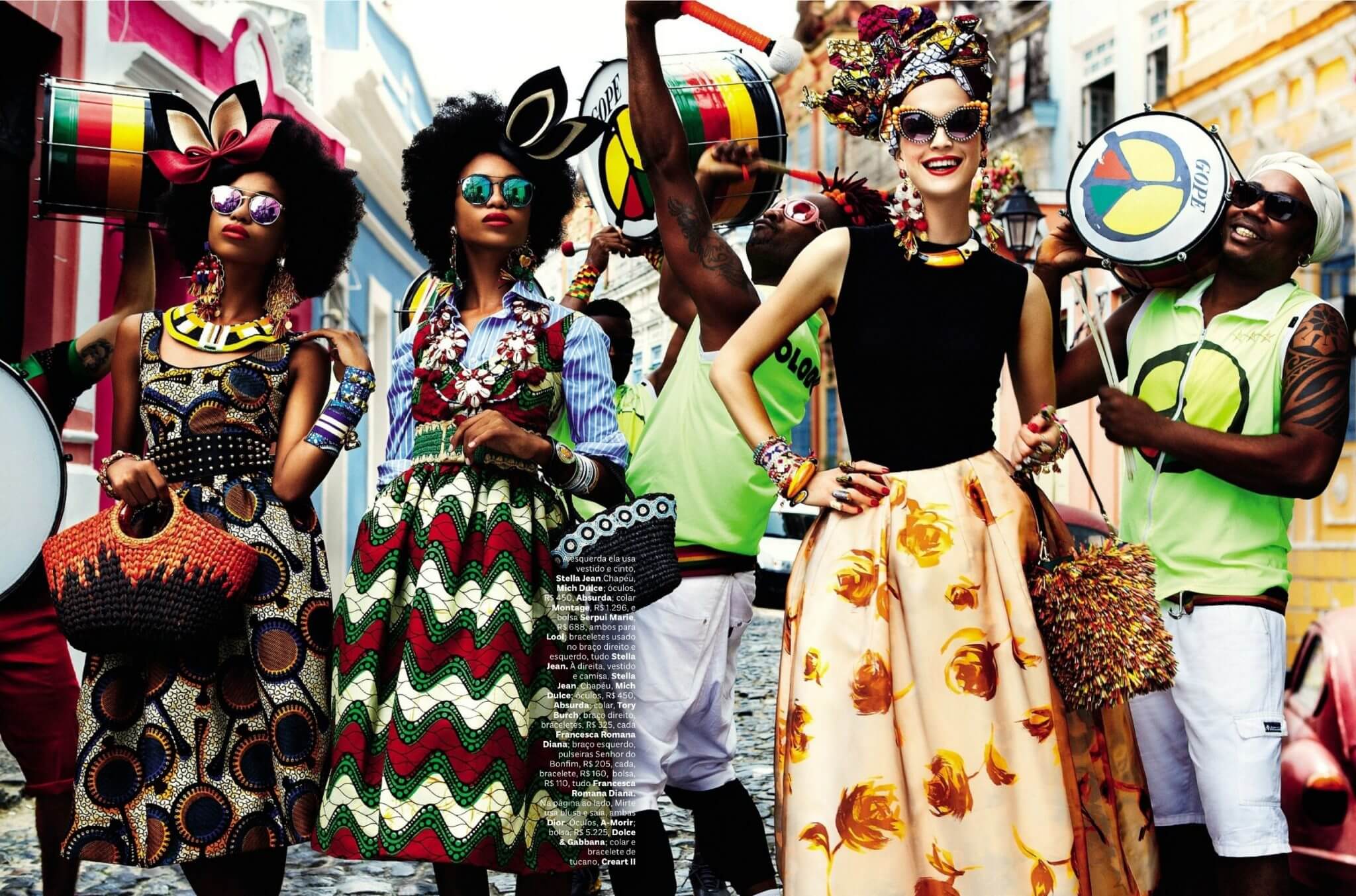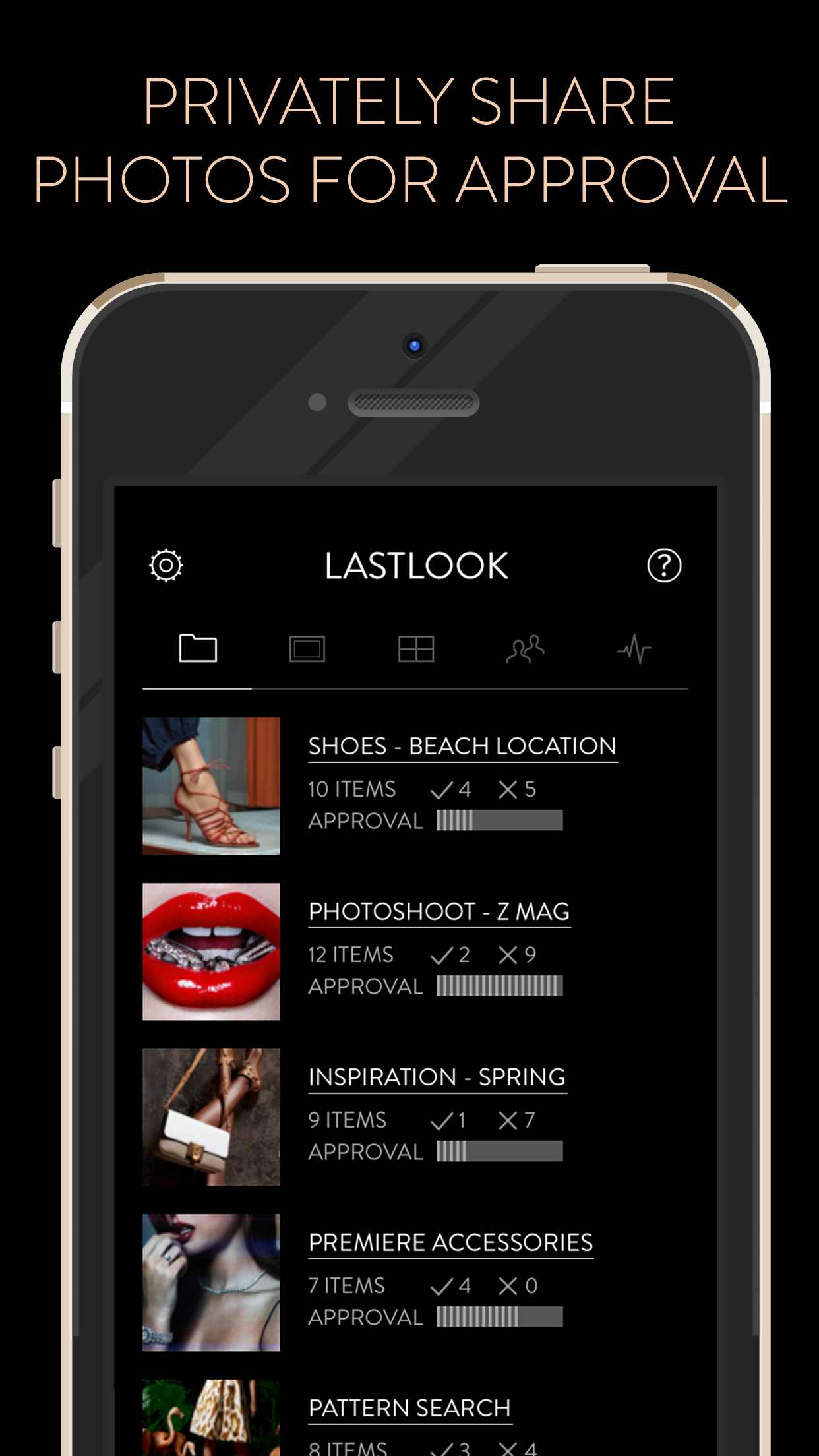
For some brands, the term TFP is a rather dreaded phrase, often synonymous with poor performance, tardy models, amateur hair and makeup and general chaos. However, in many ways, Trade for Print ( TFP ) helps many in the fashion industry to get their start, find creative ideas and experiment with concepts that normally would be too expensive otherwise. TFP helps make the industry work, however for the very same reasons, TFP also creates a great deal of hesitation, but with the right team, it can definitely be a great opportunity to make something great. TFP is all about understanding the commitment, from the models committing to being on time and prepared to HMUA understanding the creative vision and the photographer being able to execute. There are a few tools that help make TFP easier, outside of working with a quality team equally invested in the collection vision.
Location Scouting with Shoot Local

Image Source: John Hong Shot Me
Very few things are more difficult than finding the perfect location to shoot. However, its not easy translating the image in your head to one as the photographer or a location scout ( if you are fortunate enough to have one ) has to go out and find. That amazing local where everything from the architecture to the lighting to the overall ambience match perfectly the vision in your mind often isn’t readily available. Sometimes, you are lucky enough to have a friend with a villa just out of town or be a close friend of the manager of a boutique hotel that opened up in a trendy neighborhood. But barring those unlikely situations and a budget to pay for access to more premier locations, you are left driving or drudging around to likely areas to plan out the next collaboration.
Enter location scouting tools like Shoot Local, which enable just able anyone to source and share cool locations, from that lion head statue in the park to the fountains right beside the waterfront all the wall to that cool painted wall in the hipster part of town. Local Shoot unlike other apps is completely free and a great way to join a photographer’s community. Join the hunt for locations and encourage other photographers to join and help you discover locations as well. This app really helps take advantage of a community dedicated to helping each other do their work better, which is exactly the spirit TFP entails.
Portfolio Sharing with Kredo

Image Source: Kredo
Organizing a team is typically the largest headache, as one person may have an Instagram page dedicated to their work, another a Behance Account, a third using Model Mayhem and then of course each has a website with different images and different layouts, some of which have a portfolio that matches the vision and others without. This chaos makes even the most efficient organizers pull their hair out in frustration as it would be great to have a seemless display of all these various portfolios at once. Enter Kredo, which allows a user to display their portfolio in a high resolution and intuitive retina display format.
The upside to this is a Pinterest-like ability to create projects, share them via email or Facebook or Twitter and even password-protect them. These projects typically contain images from a single photographer, but can be repurposed to include the work from the entire team. This of course is manageable by downloading key photos from Dropbox or iCloud or similar storage channels and organizing them with or without internet connections. While there are certainly other ways to achieve this and this isn’t 100% what Kredo was designed for, its still a great way to organize the portfolios of the team and easily make a decision on who fits and who doesn’t.
Image Sharing with Last Look

Image Source: Last Look
Few elements are more important after any work than getting the final deliverables. During a normal paid shoot, this is made extremely easy due to the brand / photographer owning all the rights to the photography and publishing them of their own accord or utilizing the imagery as they see fit. Additionally, there is normally a waiver or agreement of some sort that all parties will be compensated, but usually cannot earn royalties or residual income from the usage of said imagery or publish it without express permission. Strict, but it protects the owner’s best interest. However, with TFP, this all goes out the window.
Not only is the photographer usually responsible for ensuring that the images are distributed accordingly to whomever organized the shoot ( unless the photographer is the organizer ), but also must disseminate images that are properly retouched and reflective of the collective work to any stylists, HMUA, models, assistants, designers and / or others who may have been involved in the shoot. Enter Last Look, an app that allows images to be shared with others, who then can comment on the images and come to a collective decision of which images should be used. This comes in handy when you have a team of ten that collaborated to create a beautiful Summer Lookbook and mitigates the stress on the photographer to return materials right away as everyone can see their progress almost in real time.
Featured Image: Sinuous Mag